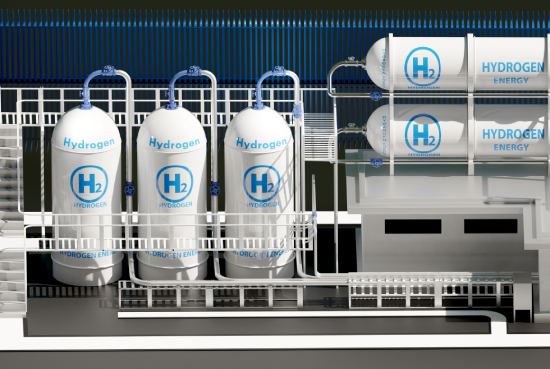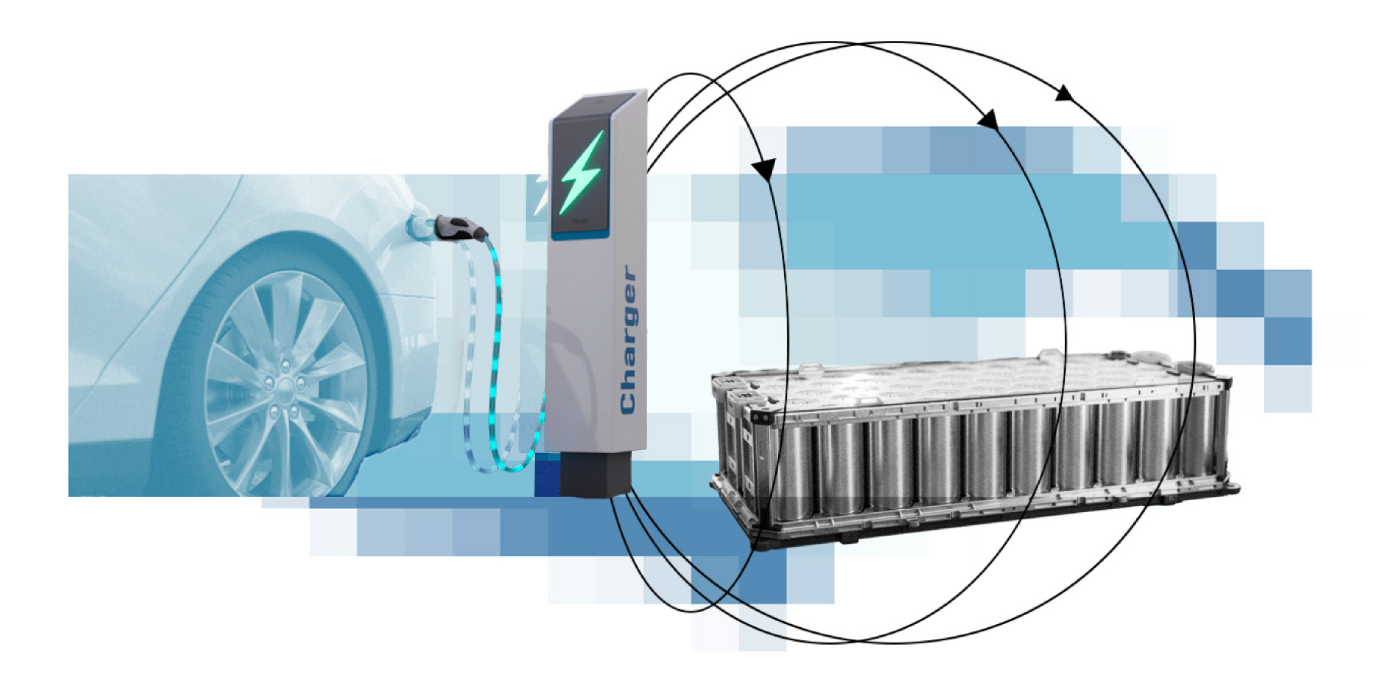What is the future of energy storage?
New materials and the development and supply of storage batteries for surplus renewable energy are quickly evolving to meet maturing requirements. Newer power electronics can convert stored energy into electricity to provide low to zero-impact solutions.
Nexans contributes in several ways to the energy transition, of which electricity storage is a key element, starting with the supply of transmission and distribution grids for the collection of renewable energy—wind and solar—at the source. It is crucial to collect electricity where it is generated (e.g. offshore wind farms) at an acceptable cost. The integration of storage sites is based on the same connection capacity, whether on a high-power scale or more widely distributed over a region.
Integrating variable renewable energies into smart grids will require an ever-increasing ability to monitor real-time usage requirements alongside automated systems in order to balance demand and supply loads. Faced with the need for greater flexibility, Nexans has developed new services accordingly.
For electric mobility applications, which are highly dependent on the technical and economic performance of electricity storage, Nexans supplies proper cable connections and protections, as for charging stations of electric vehicles, through specific safety functionalities to ensure safe energy storage.









